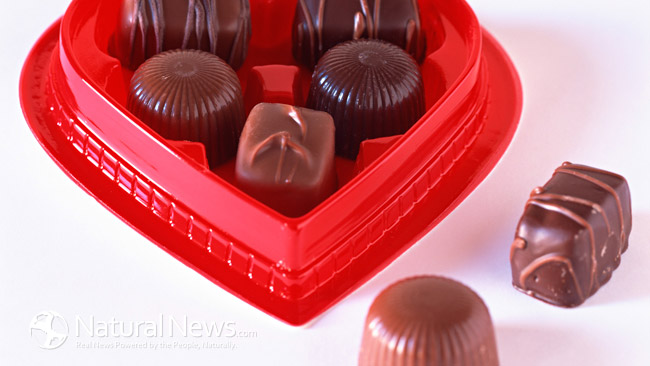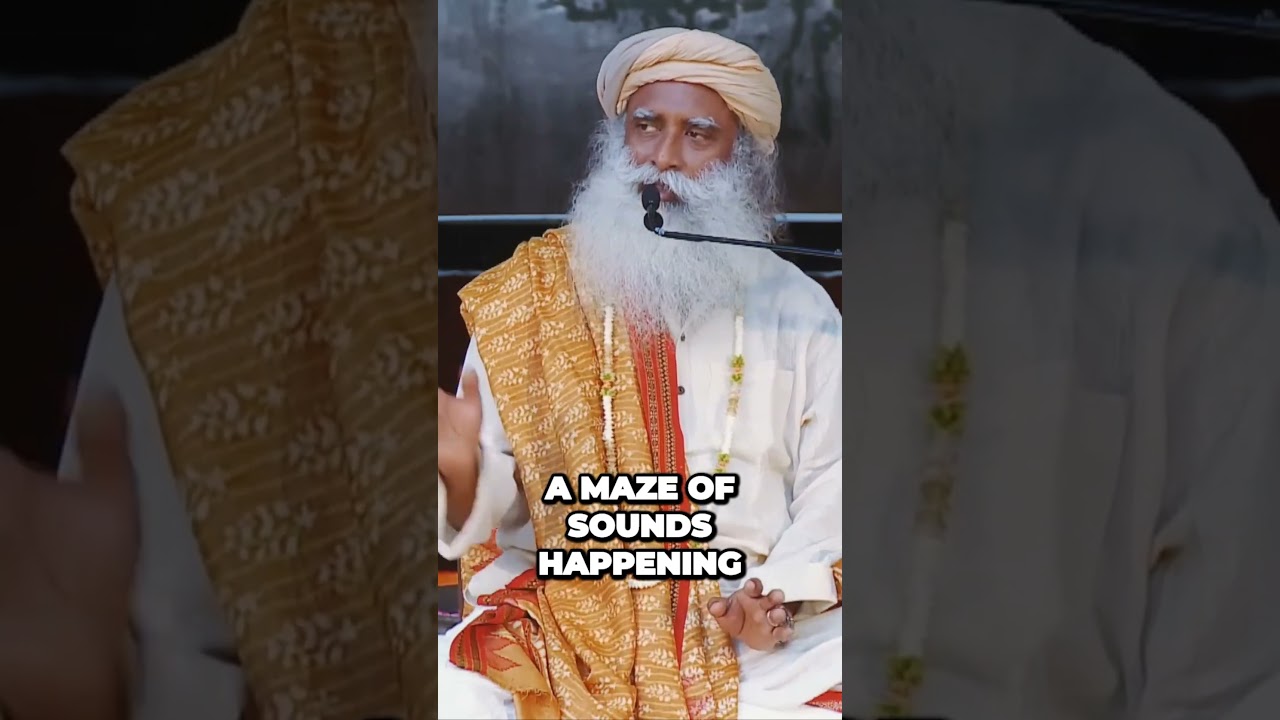Most processed foods do contain food dye also called artificial food coloring. What might seem harmless and decorative, might raise concerns for health risks. Of course, our drinks, candies, and baked goods look bright and lovely, but looks can be deceiving. Children consume it the most and overall consumption has gone but my 500% in the last 50 years.
Oh the things we do for appearance. Food dyes are chemicals that originated in 1856 from coal tar. Only a handful are okay for consumption and the rest are considered toxic. The attraction to artificial food dyes versus natural ones is the bright colors it makes. Manufacturers want to draw our eyes in and make us see the foods even when we aren’t having them.
The FDA has approved food dyes as being safe, but controversy still surrounds this approval. These are the currently approved FDA food dyes and what they’re used for:
- Blue No. 1 (Brilliant Blue): popsicles, icings, ice cream, canned peas, packaged soups.
- Blue No. 2 (Indigo Carmine): ice cream, candy, cereals, snacks.
- Red No. 3 (Erythrosine): cake decorating gels, candy, popsicles.
- Red No. 40 (Allura Red): candy, condiments, sports drinks.
- Yellow No. 5 (Tartrazine): chips, cereals, candy, soft drinks, popcorn.
- Yellow No. 6 (Sunset Yellow): sauces, preserved fruits, baked goods.
The most commonly (90% of foods) used dyes are Red 40, Yellow 5 and Yellow 6. Questions do raise when a dye like Green No. 3 is approved by the FDA but not in Europe. However, Quinoline Yellow, Carnosine and Ponceau are approved in Europe but not the US.
There isn’t a lot of science to back up the claims regarding the harmfulness of artificial dyes, although studies have been done. There can be possible changes in children’s behavior which has been link to hyperactivity. Some doctors recommend eliminating artificial dyes from children who may have ADHD. Questions have also been raised about the relationship between food dyes and cancer, particularly Blue 2 and Red 3. Red 40, Yellow 5 and Yellow 6 might be contaminated with cancer causing substances. The best answer is to eat whole foods, not processed. This takes away the risks possible associated with food dyes. Eat food in its natural color and form. Prepare your own. It can be scary knowing what is put in our food to preserve it, but best solution is to shop yourself, cook yourself, and to choose healthy options for your meals land snacks.
Avoiding processed foods is the best solution when it comes to being proactive about our health and nutrition. Whole foods like fruits can be used to add color or appearance to many dishes. The rainbow of fruits and vegetables can be the color as ingredients. If something has to be made to look a certain way, then there is an element of “fake” instead of natural that we should avoid. Natural foods stay true to their color and true to being beneficial to the body.
DIET AND NUTRITION: The Artificial Food Dye Blues – PMC
Toxicology of food dyes – PubMed



